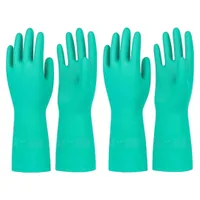How to drain a radiator in 6 easy steps – plumbing experts explain
Learning how to drain a radiator is a straightforward home maintenance task that will save you money in the long and short term

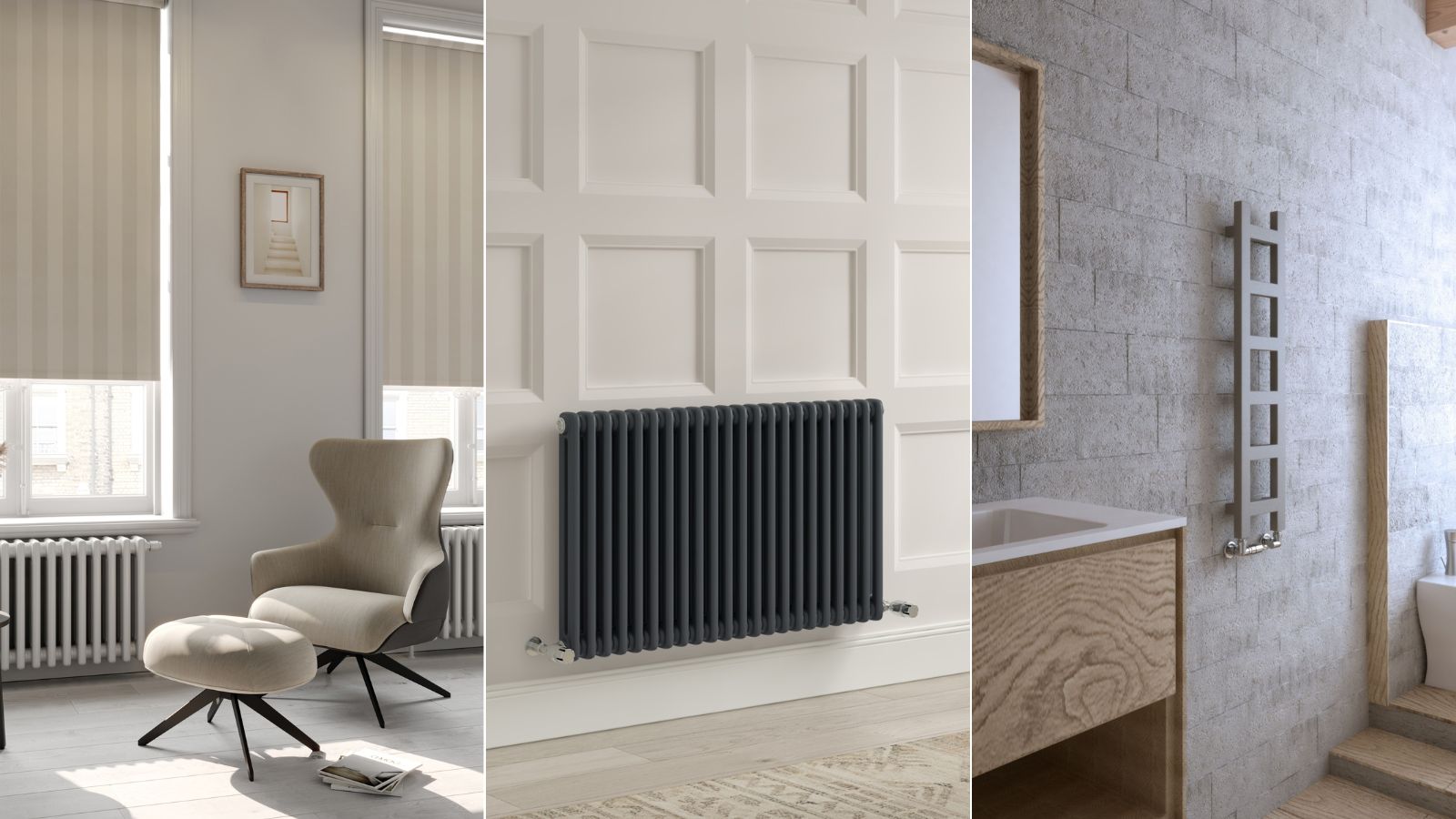
Radiator draining is an essential maintenance task that should be carried out periodically to ensure your heating system runs efficiently. Although it may seem daunting, this simple DIY task can easily be achieved with a few simple steps.
Over time, sediment and debris can build up in the bottom of your radiators, causing them to become less energy efficient and effective at heating your home, in addition to a few other consequences. Draining this home heating system allows you to keep your radiators running smoothly and may even help cut energy bills.
These are the six simple steps to drain a radiator safely and efficiently.
How to drain a radiator
'Draining a radiator is a practical skill for homeowners, especially for routine maintenance or when making changes to your heating system,' says Josh Mitchell, plumbing technician and owner of Plumbing Lab. 'It's about taking your time and ensuring each step is done correctly and safely.'
To do this task you'll need:
- A funnel
- A bucket or bowl
- Some old towels
- A radiator key, such as these, from Amazon
- A pair of pliers or a spanner

Josh Mitchell is a plumbing expert, HVAC technician, and the founder of Air Conditioner Lab and Plumbing Lab. When he noticed a lack of online resources for solving home plumbing problems, he decided to do something about it by offering easy-to-follow, expert advice.
1. Turn off the heating system

'Before starting, make sure your heating system is completely off,' advises Josh Mitchell. 'This prevents hot water from circulating into the radiator you're working on, reducing the risk of burns'.
Draining a hot radiator can be hazardous due to the high temperature of the water inside, so wait for the radiator to cool down completely before you begin.
Design expertise in your inbox – from inspiring decorating ideas and beautiful celebrity homes to practical gardening advice and shopping round-ups.
2. Prepare the area
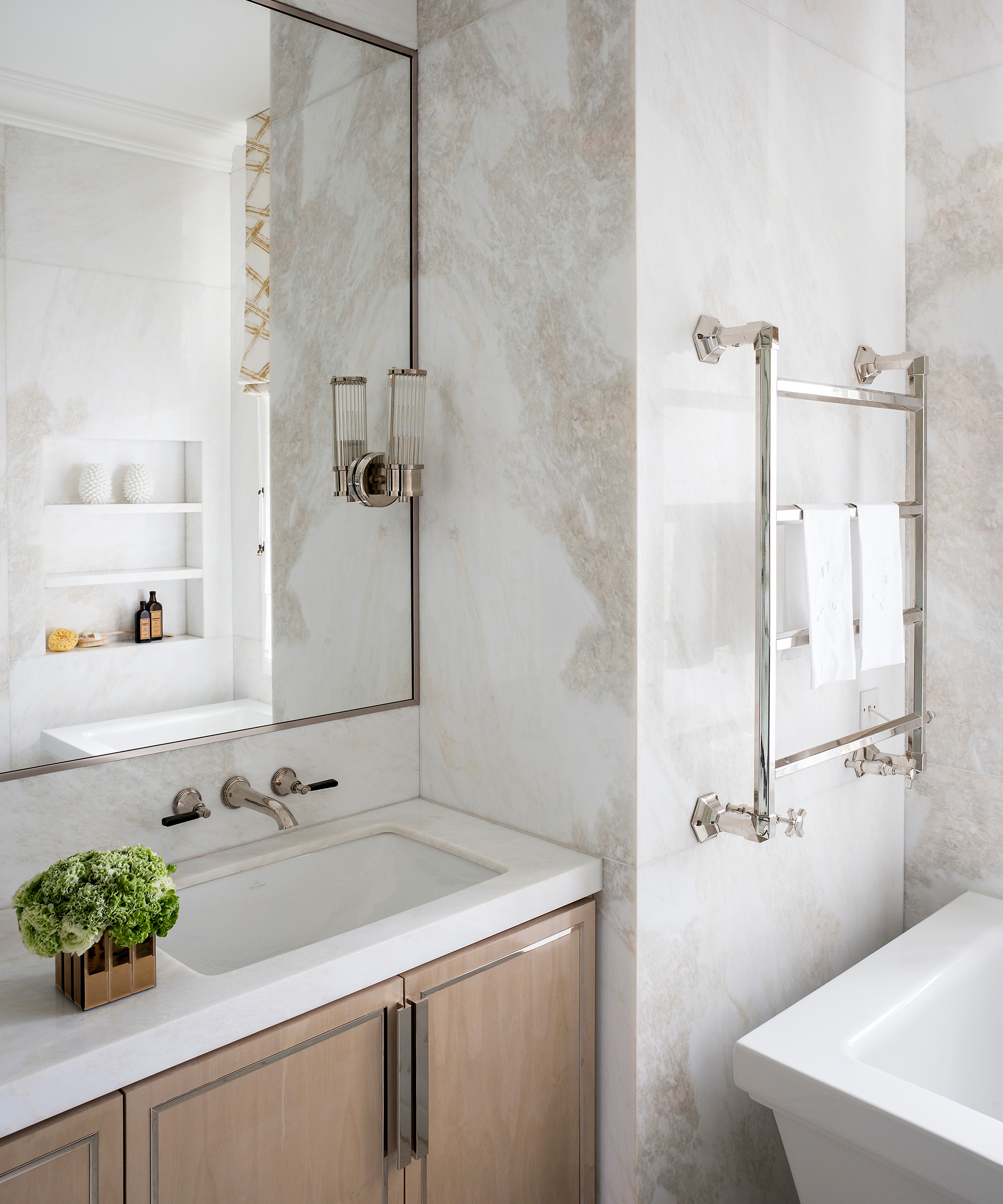
Strategically position a container, either a bowl or bucket, underneath the drain valve to catch the water. Choose one that is large enough to handle the water capacity of your radiator. To be cautious, consider having a backup container on hand in case you need to switch them out and ensure the container doesn't have any cracks.
Lay down old towels or a protective sheet around the radiator and under the container to catch any water spills. This helps protect your floors and makes cleanup easier.
'It's a good idea to wear gloves to protect your hands from any dirty water,' advises Justin Cornforth, owner of Ace Plumbing, Electric, Heating and Air. 'The water inside a radiator can contain rust and metallic particles, as well as chemical residues from additives used in the heating system. These contaminants can be harmful to your skin, potentially causing irritation or allergic reactions.'
Haiou Chemical Resistant Nitrile Gloves | $9.99 at Amazon
These industrial rubber gloves are designed for both men and women. They contain a latex rubber-free and odor-resistant flock lining to ensure a comfortable fit for big/small hands and sensitive skin.
3. Bleed the drain valve

'Radiators typically have two valves: one to control the heat output and a lockshield valve, which controls the flow. You'll need to close both valves,' explains Justin Cornforth. 'The control valve can usually be turned off by hand, while the lockshield valve may require a radiator key or a spanner.'
'Find the drain valve at the bottom of the radiator. You'll need a radiator key or a suitable wrench to open it,' says Josh Mitchell.
'Open the bleed valve at the top of the radiator using a bleed key. This allows air into the system and helps water flow out smoothly from the drain valve.
'Slowly open the drain valve, turning it counterclockwise. Let the water drain out completely. Be patient as this can take some time depending on the size of your radiator and the system.'
'If the water is draining slowly, you can open the bleed valve at the top of the radiator using a bleed key, which allows air into the system and helps the water flow out more easily,' recommends Justin Cornforth.
4. Close the valves and refill
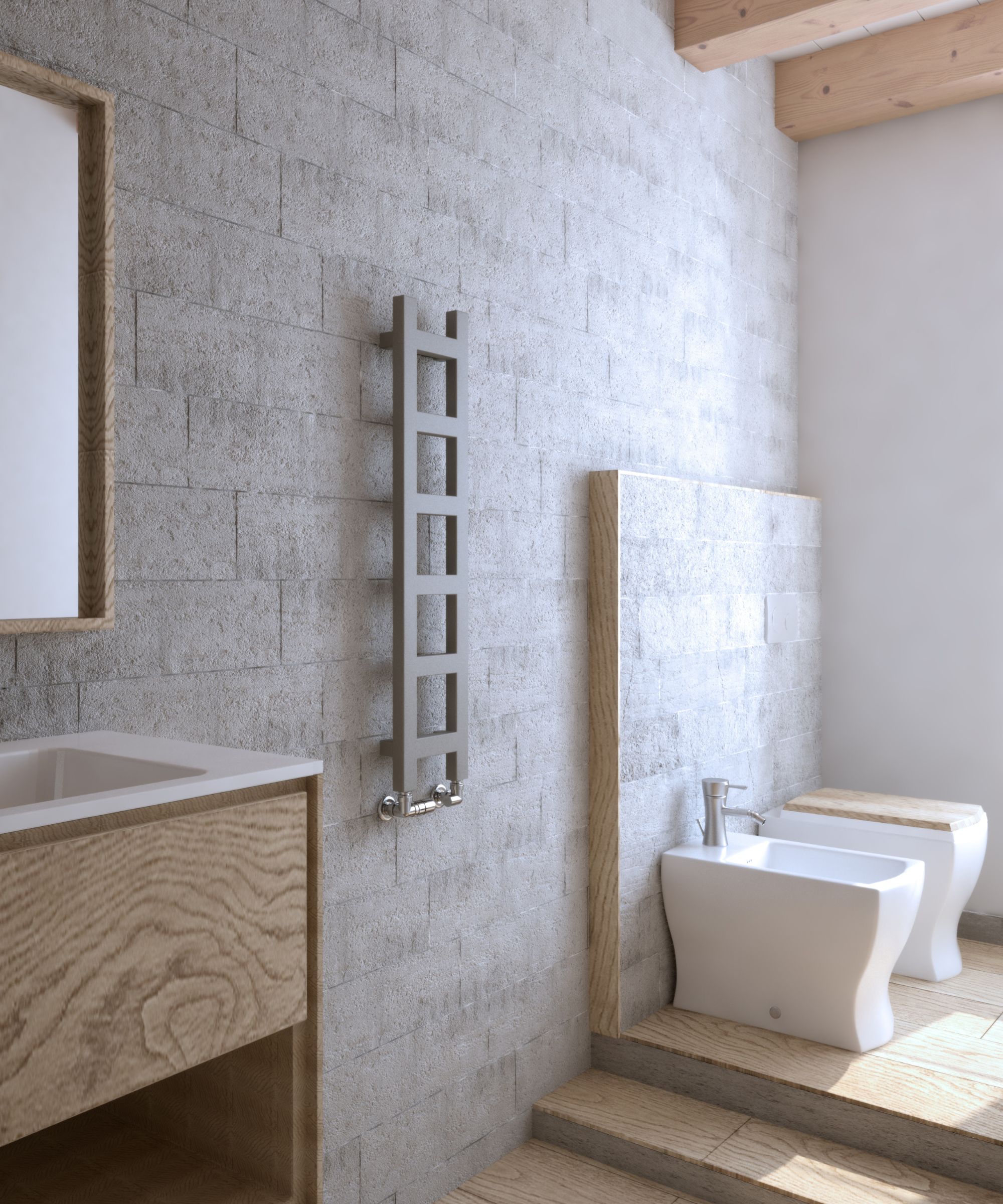
'Once fully drained, close both the bleed valve and the drain valve,' advises Josh Mitchell. 'Refill your heating system as per the manufacturer's instructions. '
It's crucial to approach this task with patience and attention to detail to prevent any water damage or air locks in the system. Using a funnel can be a great way to help you avoid spills.
'After refilling the system, check the pressure gauge,' Josh continues. 'If the pressure is too low, you may need to add more water.'
5. Bleed the radiator
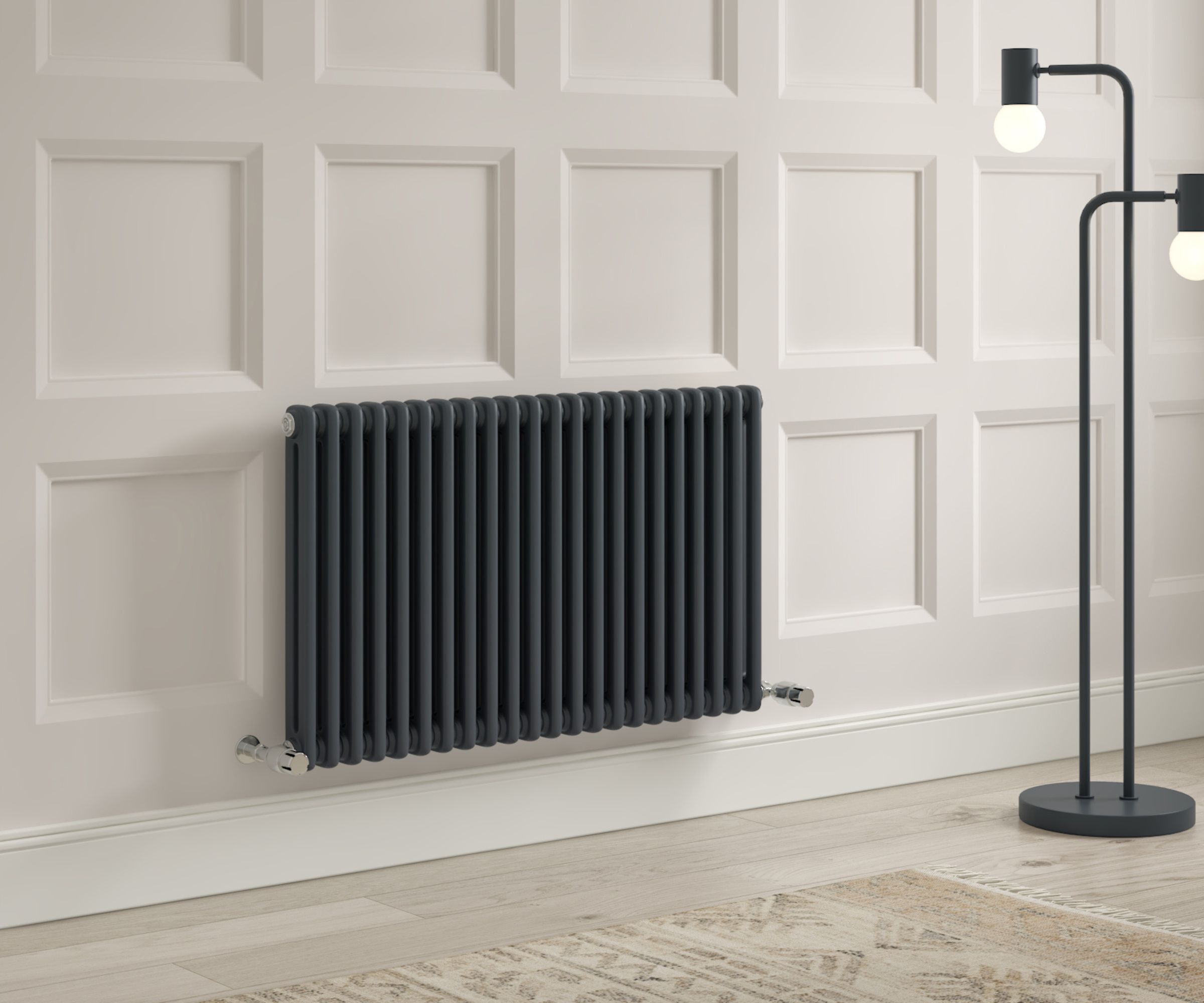
'Once the task is completed, remember to reopen the valves and bleed the radiator to remove any trapped air, which can cause cold spots and reduce efficiency,' says Justin Cornforth. 'This is done by using the bleed key again while the heating is off and closing the valve as soon as water starts to come out instead of air.'
6. Turn it back on and monitor it

'Finally, turn your heating system back on and check that all radiators are heating up correctly,' concludes Justin Cornforth. 'It's important to monitor for any leaks at the valve connections over the next few days.'
FAQs
How often should you drain a radiator?
You should ideally drain your radiators at least once a year. It is best to do this before the start of the colder months.
If you live in an area with hard water, or notice that your radiators are taking longer to heat up, you may need to drain them more frequently.
What are the benefits of draining a radiator?
There are a few benefits of draining a radiator:
1. Draining a radiator can make your heating system more efficient by cleaning sediment and debris that may have accumulated and are causing blockages, causing the radiator to work harder.
By removing this build-up, your radiators can distribute heat more efficiently, reducing your energy bills.
2. This will also help to improve your indoor air quality since it will remove the build-up in your radiator which can contain allergens and bacteria that can impact the air quality in your home.
3. Draining your radiators can also contribute towards extending their lifespan. The debris and sediment buildup in a radiator can corrode its internal components, leading to leaks and even breakdowns. By frequently draining your radiator you can ensure it lasts for longer.
Remember to dispose of any drained water responsibly, especially if it contains chemical additives from your heating system.
If you're unsure about any step, or if you encounter issues like a stuck valve or a radiator leak, consult a professional plumber. Although you can do this task safely yourself, improper handling can lead to damage or leaks in the system.
Next, learn how to clean behind radiators.

Lola Houlton is a news writer for Homes & Gardens. She has been writing content for Future PLC for the past six years, in particular Homes & Gardens, Real Homes and GardeningEtc. She writes on a broad range of subjects, including practical household advice, recipe articles, and product reviews, working closely with experts in their fields to cover everything from heating to home organization through to house plants. Lola is a graduate, who completed her degree in Psychology at the University of Sussex. She has also spent some time working at the BBC.
